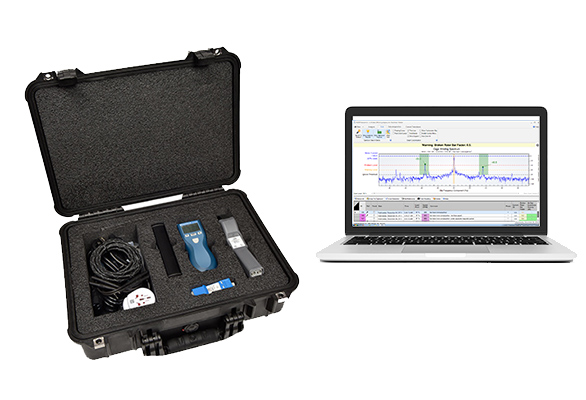Condition Based Monitoring - Current Signature Analysis
The most common causes of induction motor failures are due to breaks in rotor bars or shorted circuit rings due to rotor eccentricity. Current Signature Analysis (CSA) is used to accurately measure faults in the induction motor rotors through changes in the rotor magnetic field.
Current Signature Analysis is important in tool in preventing:
- Broken bars that cause rotor core damage due to temperature increases and arcing.
- Premature degradation of bearings due to torque and speed oscillations on the rotor.
- Stator failure when broken rotor bars can lift out of the rotor slot due to centrifugal forces.
- Rotor eccentricity issues due to unbalanced magnetic forces
It is based on the general principle that any disturbance that the motor is subjected to will manifest itself as an electrical signal in the stator current. For example, a broken rotor bar will result in a counter-rotational magnetic field, which will be reflected in the stator current.
Current Signature Analysis determined from the spectrum of the signals embedded in the stator current, and by understanding induction motor and load dynamics it is possible to determine the nature of rotor problems. It uses the fact that broken rotor bars will provide a tell-tale signature in the frequency spectrum with spectral lines at harmonics of twice the slip frequency above and below the 50 Hz or 60 Hz fundamental frequency. This is usually 1-2Hz on either side of the fundamental frequency (depending on the slip). As soon as the amplitude exceeds a certain empirically determined threshold (relative to the amplitude of the fundamental), it indicates a failure condition may be likely.


